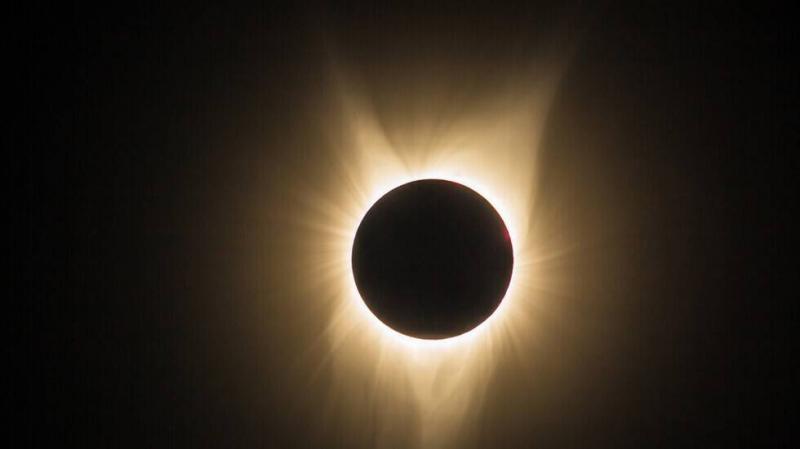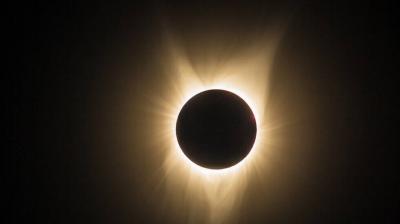When the Moon's central shadow moves at speeds exceeding 2400 km/h across North America during a total solar eclipse on April 8, the scene will be exceptionally unique. This totality path (the dark shadow of the Moon crossing the face of the Earth) will be narrow, only 185 km (115 miles) wide, and will traverse parts of Mexico, the United States, and Canada in a path that will never recur across the continent, lasting only 100 minutes. Only within this path will viewers experience darkness during the day, a drop in temperatures, and changes in animal behavior. Furthermore, only within this path will it be possible to view the beautiful corona of the sun completely obscured with the naked eye, although it is crucial to avoid looking directly at the sun at any time without wearing a pair of certified solar eclipse glasses.
For the majority of the 40 million people living in the path of totality, this will be a once-in-a-lifetime event, as the same event along this current path will not occur again for another 54 years. Solar eclipses take place in a cycle known as the "Saros cycle," which is a period of approximately 223 lunar months, based on the Moon's orbits around the Earth. This equates to 6585.3 days, or 18 years, 11 days, and 8 hours, according to NASA. During a "Saros cycle," the same geometric arrangement of the sun, moon, and Earth repeats. The cycle refers to a series of successive eclipses and transits that can be viewed from specific areas on Earth. Eclipses belonging to the same "Saros cycle" share similarities and are identified through their specific Saros series number.
The total solar eclipse on April 8 is part of "Saros cycle" 139, which was responsible for a total solar eclipse across Africa 18 years, 11 days, and 8 hours ago, on March 29, 2006. In 2024, on April 8, and on April 20, 2042, the same "Saros cycle" will produce a total solar eclipse in Asia. According to scientists, the eight-hour interval within the "Saros cycle" ensures that a similar totality path will reappear in the same part of the Earth after every fourth repetition. This period consists of precisely 669 lunations, or 54 years and 33 days, referred to as exligmos.
Thus, the same celestial mechanics that cause the total solar eclipse on April 8 produced a total solar eclipse in North America on March 7, 1970. This path of totality occurred slightly further east, passing through Mexico and the United States (Florida, Georgia, North Carolina, and Massachusetts) and Canada (Nova Scotia and Newfoundland). After April 8, the total eclipse will visit North America and Mexico again on May 11, 2078.
According to "Space" magazine, the "Saros cycle" does not last forever and, over the centuries, it rises and falls across the Earth's surface. Saros 139 has produced solar eclipses since 1501 and will continue until 2763, peaking on July 16, 2186, when it will produce a total eclipse lasting 7 minutes and 29 seconds, the longest total eclipse in 10,000 years, and possibly until at least the year 6000.




